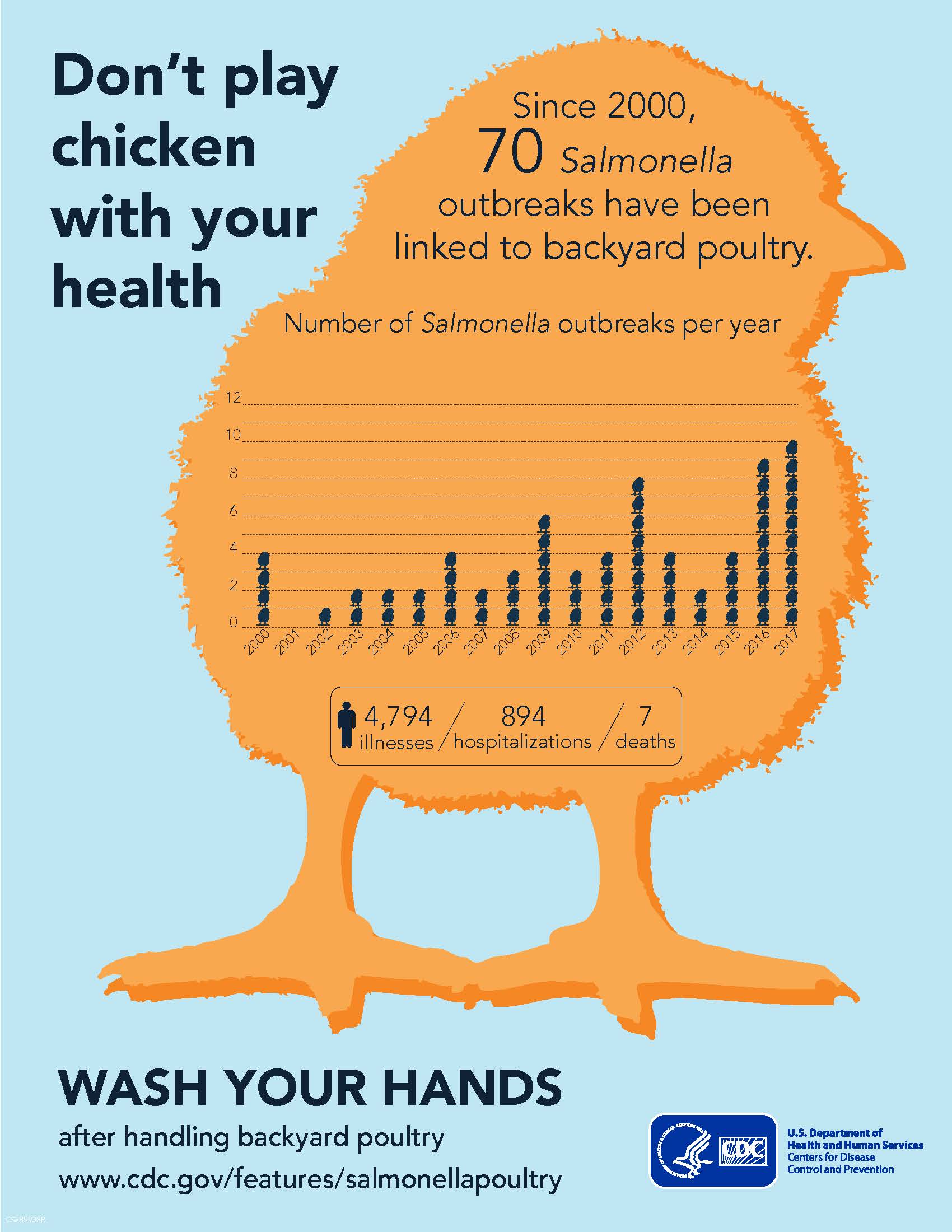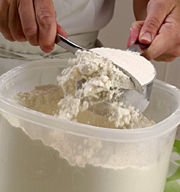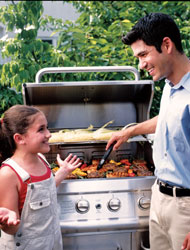Food Safety for Holiday Meals
The holidays bring together family and friends. These special occasions typically involve food. To prevent giving the gift of foodborne illness, use these resources from the USDA to prepare holidays meals safely.
- Countdown to the Thanksgiving Holiday
- The Big Thaw - Safe Defrosting Methods
- Leftovers and Food Safety
- Kitchen Thermometers
- Safe Temperature Chart
- Cooking for Groups
- Deep Fat Frying
- Slow Cookers and Food Safety
- Washing Food: Does it Promote Food Safety?
- The Color of Meat and Poultry
Tips for Holiday Foods
Learn about handling holiday foods safely. These tips apply every day for handling any food.
- Holiday foods: Heeding the labels on food gifts
- Holiday foods: Homemade and mail order gifts are welcome
- Holiday foods: Tips on storage and shelf life
Tweleve Days of Holiday Food Safety Learn more
 Easter Food Safety Resources
Easter Food Safety Resources
- Salmonella and Eggs
- Shell Eggs from Farm to Table
- Protect Yourself from Food Allergies
- Keeping Backyard Poultry
- Can You Freeze Eggs?
- What You Need to Know About Egg Safety
Food Pantries and Food Banks
While food pantries and food banks operate year around, they become especially important during the holidays. Food safety is important to give safe food to their consumers. Learn more from the resources below.
- Donating Safe and Nutritious Food to Food Pantries and Soup Kitchens - Kansas State University
- Keep it Fresh & Healthy: Safe Produce for Food Pantries - Michigan State University
- Food Pantries and Food Banks - North Carolina State University
- Food Safety for Food Pantry Donations - University of Maine
- Safe Produce for Food Pantries - University of Wisconsin
- Growing Together: Food Safety in Donation Gardens
- Top 13 Vegetables to Donate to Food Pantries
Food Safety & Food Preservation
Link for information
K-State Food Preservation 24/7 Information for your canning questions.
Did you know you may check-out a pressurer canner from our office to preserve your food safely. Give us a call @ 913-833-5450 for details.
Do you practice good food safety practices at home? You can find information to make your next meal at home much safer in the following publications.
- How to Shop for, Handle, and Store Chicken- NutritionFacts.org
- Food Safety Education
- Food Storage and Shelf Life
- Got Leftovers? Tips for safely savoring foods a second time around
- Are You Storing Food Safely?
- Fight BAC!
- Safe Food Handling Fact Sheets
- The Scrub Club®
- Spanish Resources - Partnership for Food Safety Education
The Problem with Raw Flour
 Do you find it hard to resist gobbling up a piece of raw dough when making cookies, or letting your children scrape the bowl? Do your kids use raw dough to make ornaments or homemade "play" clay? Do you eat at family restaurants that give kids raw dough to play with while you're waiting for the food?
Do you find it hard to resist gobbling up a piece of raw dough when making cookies, or letting your children scrape the bowl? Do your kids use raw dough to make ornaments or homemade "play" clay? Do you eat at family restaurants that give kids raw dough to play with while you're waiting for the food?
If your answer to any of those questions is yes, that could be a problem. Eating raw dough or batter—whether it's for bread, cookies, pizza or tortillas—could make you, and your kids, sick.
- K-State researchers seeking ways to protect flour - K-State Research & Extension
- Say No to Raw Dough! - Centers for Disease Control and Prevention
- Raw Dough's a Raw Deal and Could Make You Sick - Food and Drug Administration
- Flour Safety Basics
- Homemade playdough - Iowa State University
- The safety of raw oatmeal - University of Wisconsin
Barbecue and Grilling
 Having a barbecue is a fun way to gather family and friends. Don't spoil the fun and give your guests foodborne illness. Use these resources to provide the safest food possible.
Having a barbecue is a fun way to gather family and friends. Don't spoil the fun and give your guests foodborne illness. Use these resources to provide the safest food possible.
- Food Safety While Hiking, Camping & Boating | PDF
- Handling Food Safely on the Road | PDF
- Barbecue and Food Safety | PDF
- Foodborne Illness Peaks in Summer - Why? | PDF

